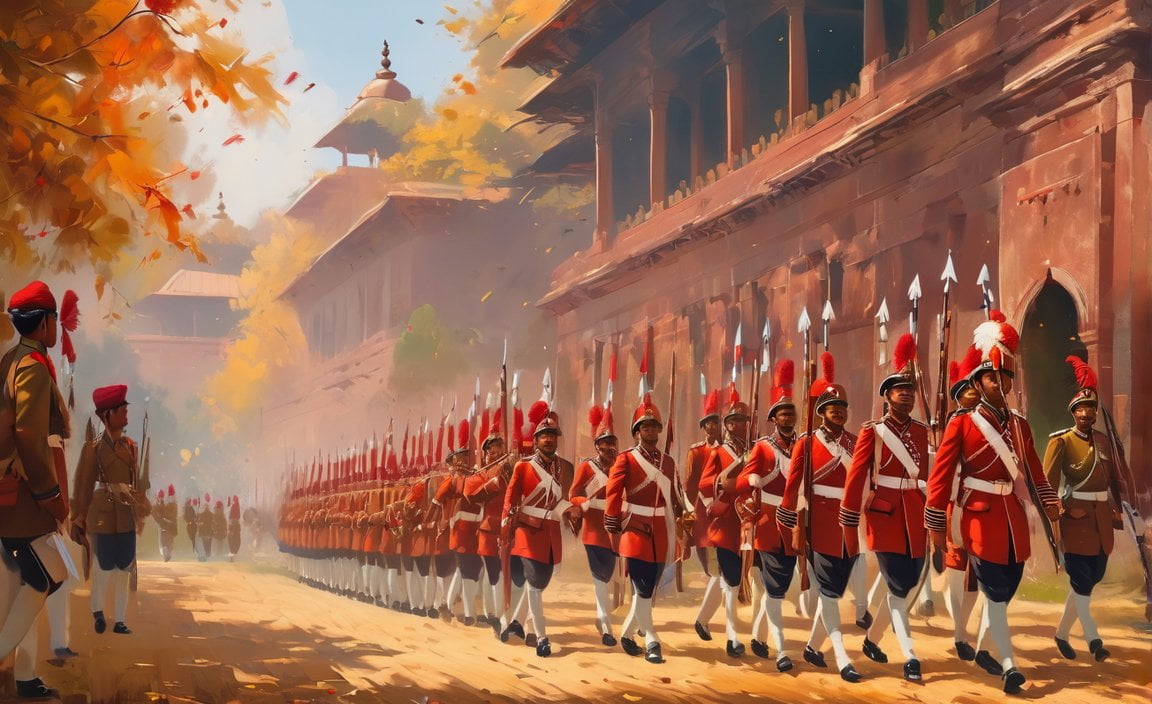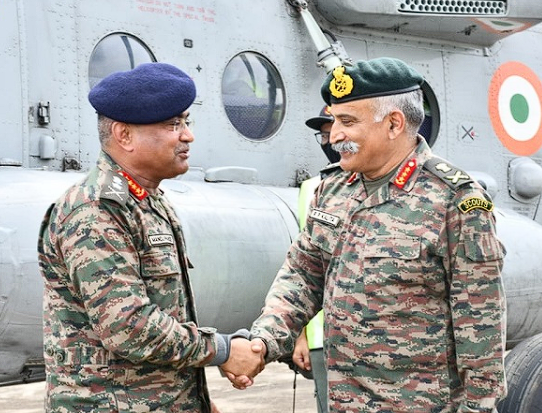
Iron Wills and Bloody Fields: The Commanders Who Forged the American West’s Violent Destiny
The American West, a land of myth and boundless opportunity, was forged not only by pioneers and prospectors but also by the iron wills of military commanders whose decisions irrevocably shaped its destiny. The period broadly known as the "Indian Wars" (roughly 1850-1890) was a complex, brutal, and often morally ambiguous struggle for land, resources, and sovereignty, with a cast of military leaders whose strategies, ambitions, and moral compasses left an indelible mark on both the landscape and the collective consciousness of a nation. These men, operating within the framework of Manifest Destiny and a rapidly expanding frontier, employed tactics ranging from strategic negotiation to scorched-earth campaigns, their names becoming synonymous with either ruthless conquest or pragmatic leadership.
At the highest echelons, the shadow of the Civil War’s most successful generals, William Tecumseh Sherman and Philip H. Sheridan, loomed large over the Indian Wars. Having perfected the art of total war against the Confederacy, they brought a similar, unyielding philosophy to the frontier. Sherman, as General of the Army from 1869 to 1883, believed that the Native American problem was essentially a military one, requiring decisive and often brutal force to clear the path for westward expansion. His infamous pronouncement, “We are not going to let a few thieving, ragged Indians check and stop the progress of civilization,” encapsulated a widespread sentiment that viewed indigenous populations as obstacles to be removed.
Sheridan, Sherman’s protégé and his successor as General of the Army, was even more direct in his application of this strategy. He famously declared, "The only good Indian is a dead Indian," a sentiment, though sometimes debated in its exact phrasing, that perfectly captured the genocidal undercurrents of his policy. Sheridan advocated for relentless winter campaigns, striking Native American villages when they were most vulnerable, destroying their food supplies, horses, and shelter. His rationale was simple: by eliminating their means of subsistence, resistance would eventually crumble. The Red River War (1874-1875) in the Southern Plains, for instance, saw Sheridan dispatching multiple columns to systematically hunt down and destroy Kiowa, Comanche, and Southern Cheyenne bands, effectively ending their nomadic way of life and forcing them onto reservations. His scorched-earth tactics were effective in a purely military sense, but they came at a horrific human cost, eroding the foundations of entire cultures.
In stark contrast to the grand, often detached strategies of Sherman and Sheridan were the commanders on the ground, whose direct engagement with Native American warriors and communities forged their reputations, for better or worse. Perhaps no name is more emblematic of the Indian Wars than that of George Armstrong Custer. A flamboyant, ambitious, and often reckless cavalry officer, Custer’s career was a meteoric ascent that culminated in catastrophic defeat. His reputation, burnished by his youthful Civil War heroics, painted him as an audacious leader, yet his judgment was frequently clouded by a thirst for glory.
Custer’s role in the Black Hills War (part of the larger Great Sioux War of 1876) perfectly illustrates his fatal flaws. Disobeying orders, driven by a desire to achieve a decisive victory for himself, he led the 7th Cavalry into the valley of the Little Bighorn on June 25, 1876. Underestimating the strength of the combined Lakota and Cheyenne forces led by Sitting Bull and Crazy Horse, Custer divided his command and launched a frontal assault. The result was a massacre: Custer and over 200 of his men were annihilated in what became known as "Custer’s Last Stand." This single event, while a tactical defeat for the U.S. Army, paradoxically intensified the public’s demand for retribution, leading to even more aggressive military campaigns against the Sioux and Cheyenne. Custer’s legacy remains deeply divisive – a martyred hero to some, a symbol of reckless arrogance and colonial aggression to others.

Another prominent figure was General George Crook, often known as the "Gray Fox" for his shrewdness and unconventional tactics. Crook’s approach differed significantly from many of his contemporaries. He understood the terrain, the fighting styles of his adversaries, and, critically, recognized the value of Native American scouts. He employed Apache, Crow, and Shoshone warriors, who provided invaluable intelligence and tracking skills, turning the tables on their former adversaries. Crook was a pragmatic soldier who often expressed frustration with the corrupt Indian agents and broken treaties that fueled Native American resistance.
His campaigns against the Apache in Arizona and New Mexico are particularly notable. While relentless in pursuit, Crook also earned a measure of respect from some of his Native American opponents, including Geronimo, who surrendered to him multiple times. Crook believed that the Apache, if treated fairly, could be integrated into society. His more nuanced approach, however, often clashed with the prevailing "total war" mentality, leading to his eventual removal from command during the final Apache campaigns, a testament to the political complexities of the era.
General Nelson A. Miles was another indefatigable figure in the latter stages of the Indian Wars. Miles, a driven and ambitious officer, played a critical role in numerous campaigns, often succeeding where others faltered. He was instrumental in the Red River War, the Great Sioux War, and most famously, the Nez Perce War of 1877. It was Miles who ultimately intercepted and forced the surrender of Chief Joseph and the Nez Perce after their epic 1,170-mile flight for freedom. His persistent pursuit and strategic maneuvers prevented the Nez Perce from reaching sanctuary in Canada.
Miles’s career culminated in the capture of Geronimo in 1886, a feat that had eluded others for years. Unlike Crook, Miles was less inclined to trust or negotiate with Native Americans, preferring to wear down their resistance through relentless pursuit and overwhelming force. His methodical, often ruthless efficiency contributed significantly to the pacification of the West, cementing the U.S. Army’s control over vast territories. He would later oversee the aftermath of the Wounded Knee Massacre in 1890, a tragic event that effectively marked the end of organized armed Native American resistance.
However, the military’s role was not solely one of strategic conquest; it also encompassed acts of unconscionable brutality. Colonel John M. Chivington, a former Methodist minister turned militia commander, embodied the darkest aspects of the conflict. His name is forever associated with the Sand Creek Massacre of November 29, 1864. Chivington, leading a force of Colorado Volunteers, attacked a peaceful encampment of Cheyenne and Arapaho, who had been promised safety by the U.S. government and were flying both an American flag and a white flag of truce. The result was a horrific slaughter of over 150 non-combatants, mostly women, children, and the elderly.
Chivington’s justification – "Kill and scalp all, big and little; nits make lice" – revealed a profound dehumanization of Native Americans that allowed for such atrocities. Though a subsequent military investigation condemned his actions, Chivington faced no formal punishment, and the incident remains a stark reminder of the genocidal violence and moral depravity that scarred the Indian Wars. His actions not only spurred retaliatory raids by Native American tribes but also deeply tarnished the honor of the U.S. Army.
The specific military commanders of the Indian Wars were more than just leaders of men; they were agents of a national policy of expansion, often caught between the demands of the federal government, the pressures of frontier settlers, and the realities of fighting a determined and culturally distinct enemy. Their strategies, whether based on total war, personal glory, pragmatic engagement, or outright extermination, collectively contributed to the forced displacement and subjugation of Native American peoples, fundamentally altering the demographic, cultural, and political landscape of North America.
From the strategic directives of Sherman and Sheridan to the reckless ambition of Custer, the nuanced pragmatism of Crook, the relentless pursuit of Miles, and the barbaric cruelty of Chivington, these commanders personified the multifaceted and often contradictory nature of the Indian Wars. Their legacies remain complex and contested, reflecting a period of intense conflict that continues to challenge contemporary understandings of American history, heroism, and justice. The bloody fields of the American West bear witness to their iron wills, and the stories of their commands serve as enduring testaments to the profound and often tragic consequences of conquest.



